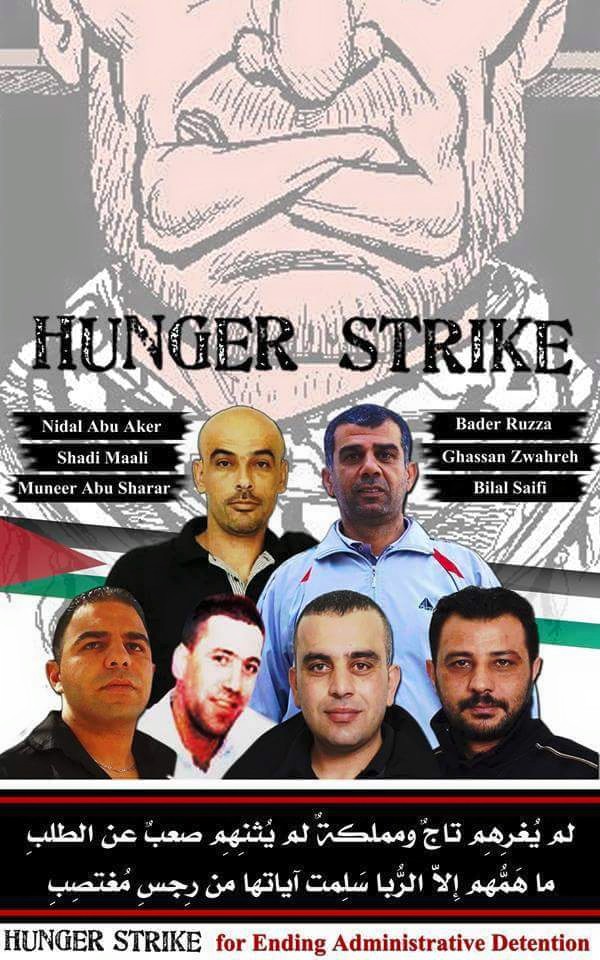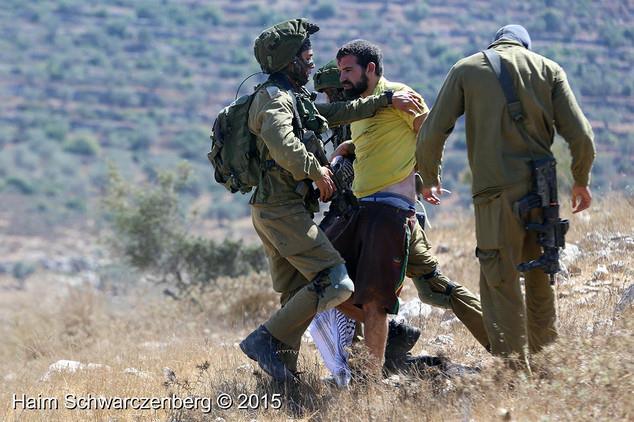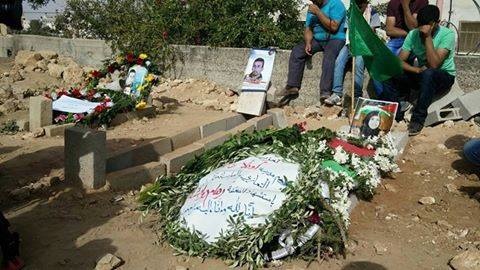Category: In the Media
-
ACTION ALERT! Battle of breaking the chains: 25 days of hunger strike for Palestinian prisoners
15th September | Palestinian Prisoner Solidarity Network | Occupied Palestine Palestinian prisoners in Israeli administrative detention are continuing their hunger strike to demand an end to imprisonment without charge or trial. Nidal Abu Aker, Ghassan Zawahreh, Shadi Ma’ali, Munir Abu Sharar,Badr al-Ruzza, Bilal Daoud Saifi and Suleiman Eskafi are all isolated by the Israeli prison…
-
Vittorio Fera free: ‘People need to open their blind eye!’
11th September 2015 | International Solidarity Movement, Al-Khalil Team | Hebron, occupied Palestine Vittorio Fera was arrested on 28th August 2015 at a peaceful demonstration in Nabi Saleh in occupied Palestine. He was beaten up several times by Israeli soldiers during and after his arrest and they only handed him over to the Israeli police…
-
Reham Dawabshe’s funeral
8th September 2015 | International Solidarity Movement, Nablus Team | Duma, Occupied Palestine Yesterday, Monday 7th September, at approximately 1pm, thousands of people where waiting for martyr, Reham Dawabshe, to arrive to Duma to attend her funeral. After struggling for five weeks from severe burns all over her body, Reham Dawabshe died in the hospital.…



